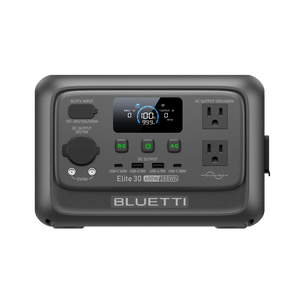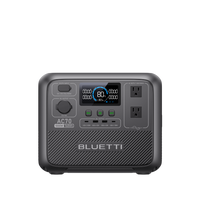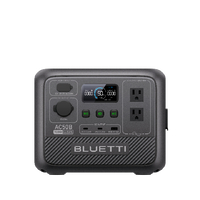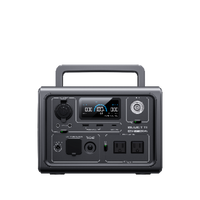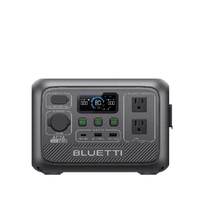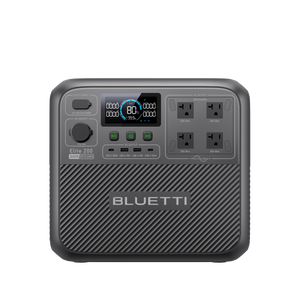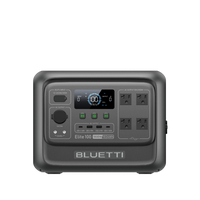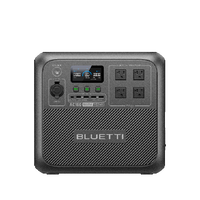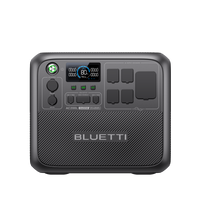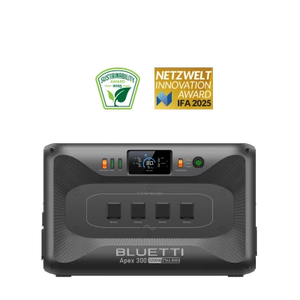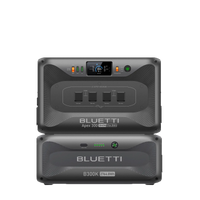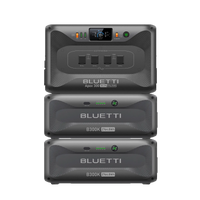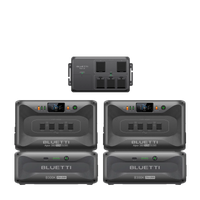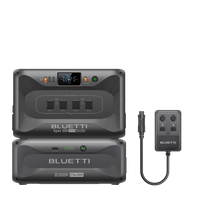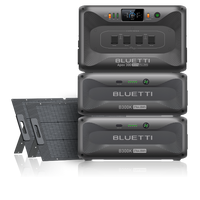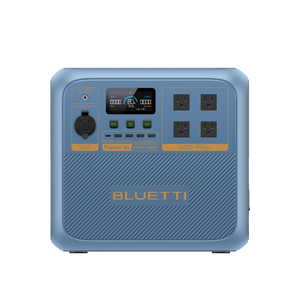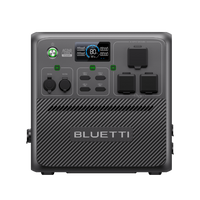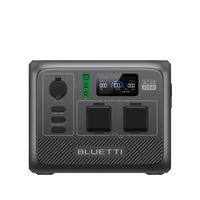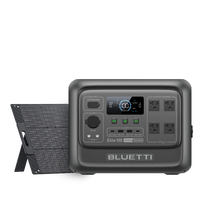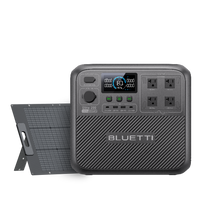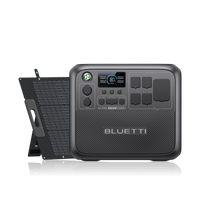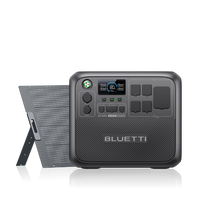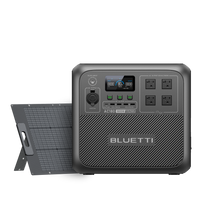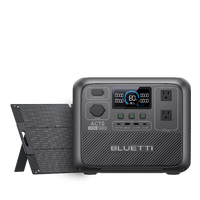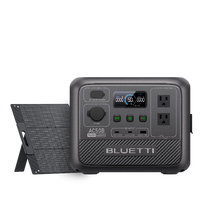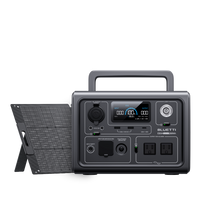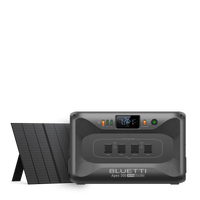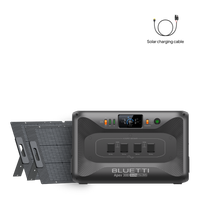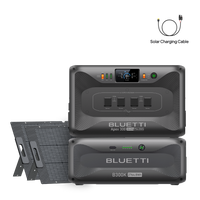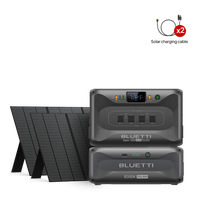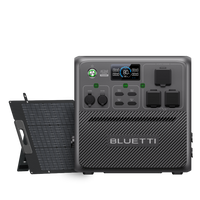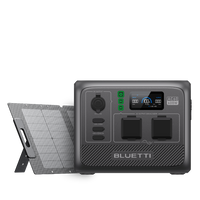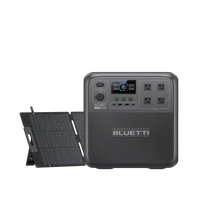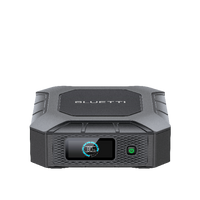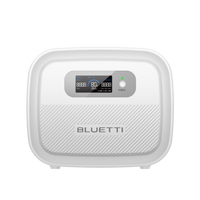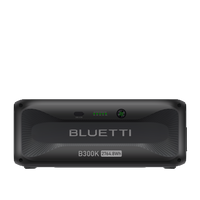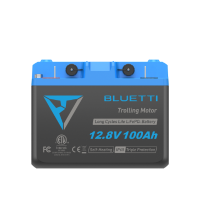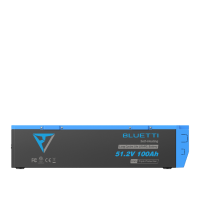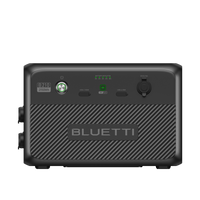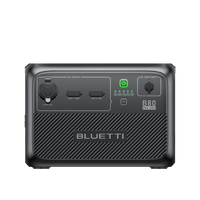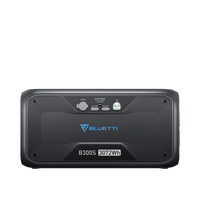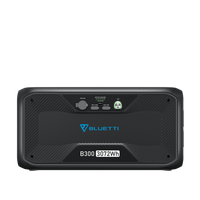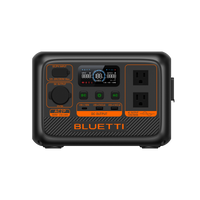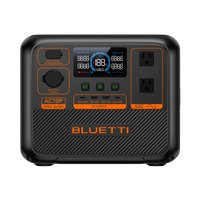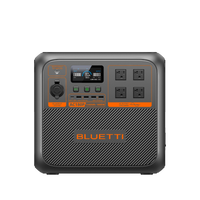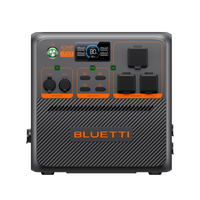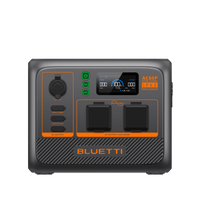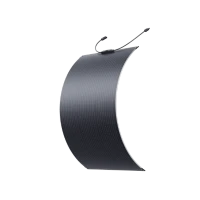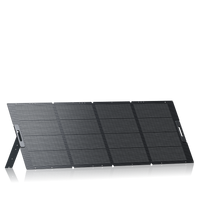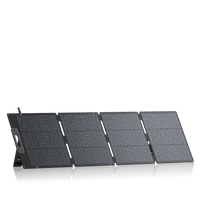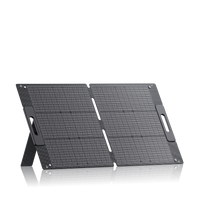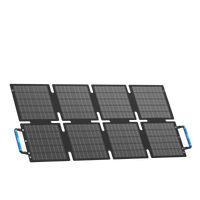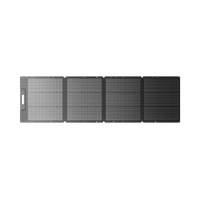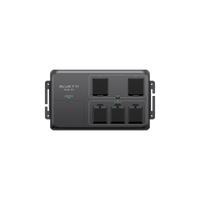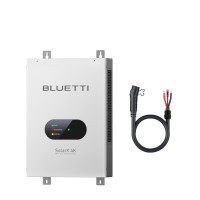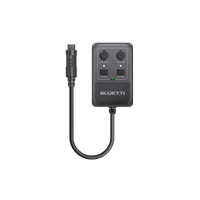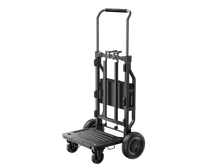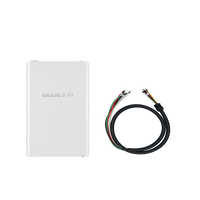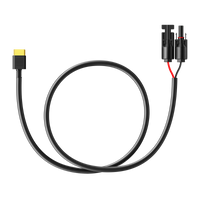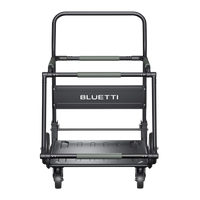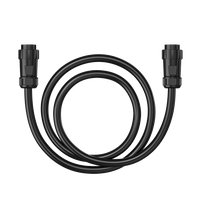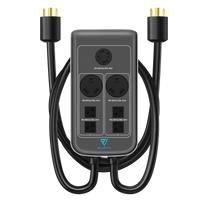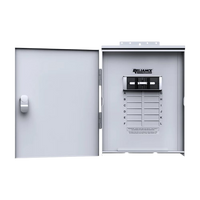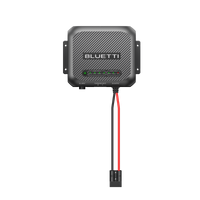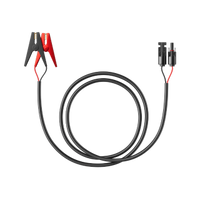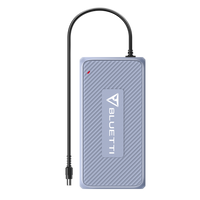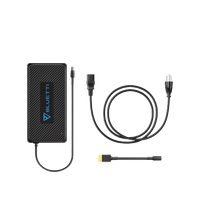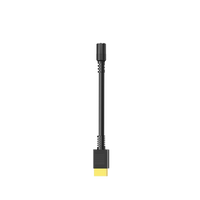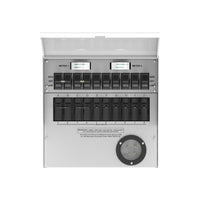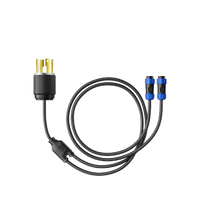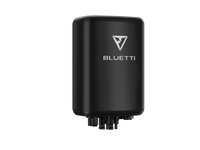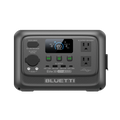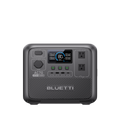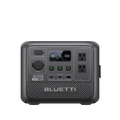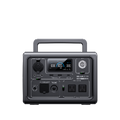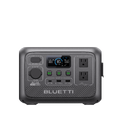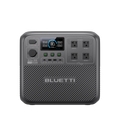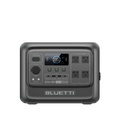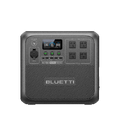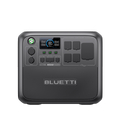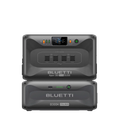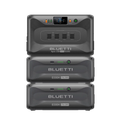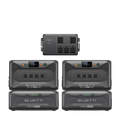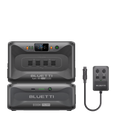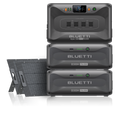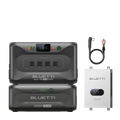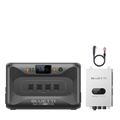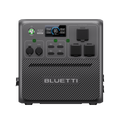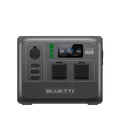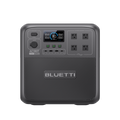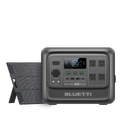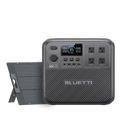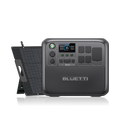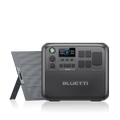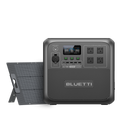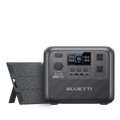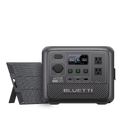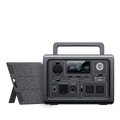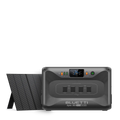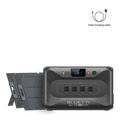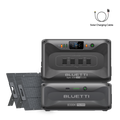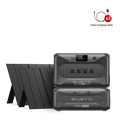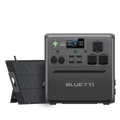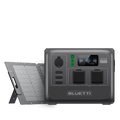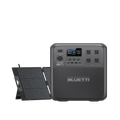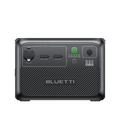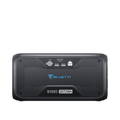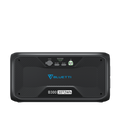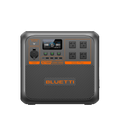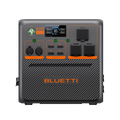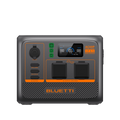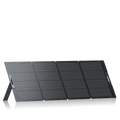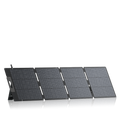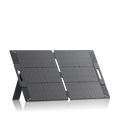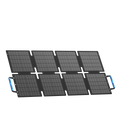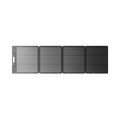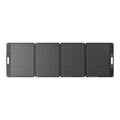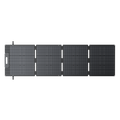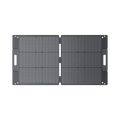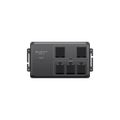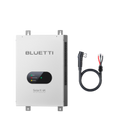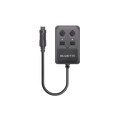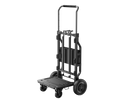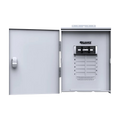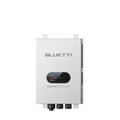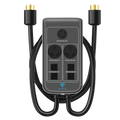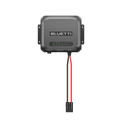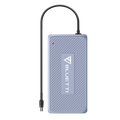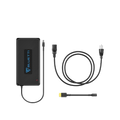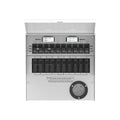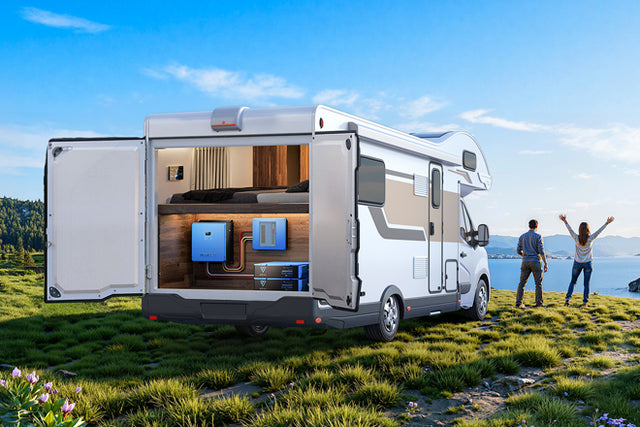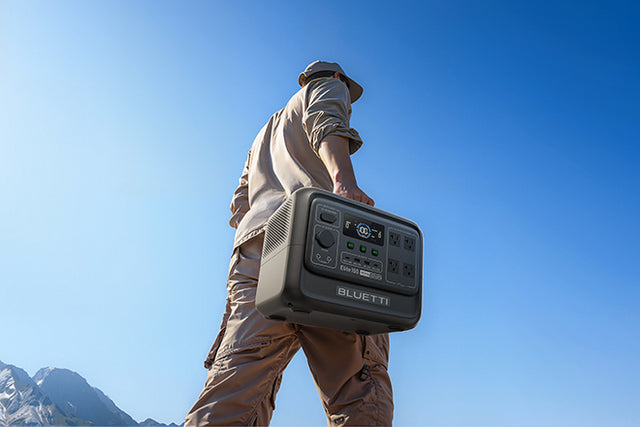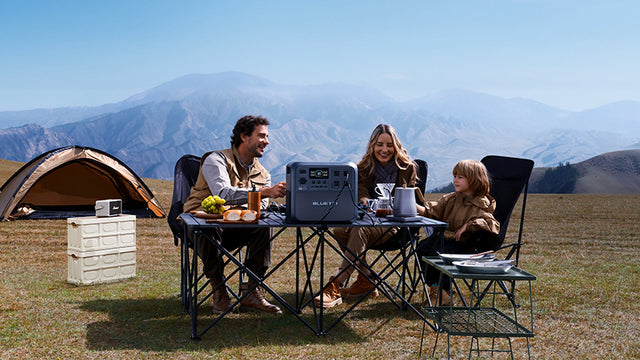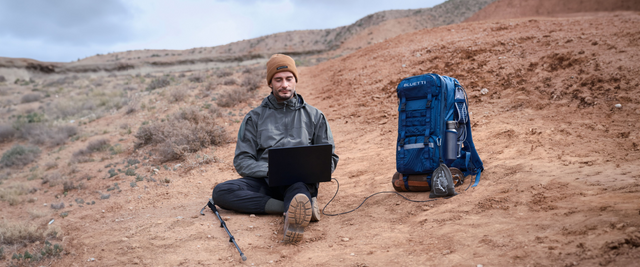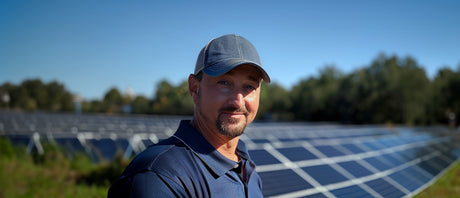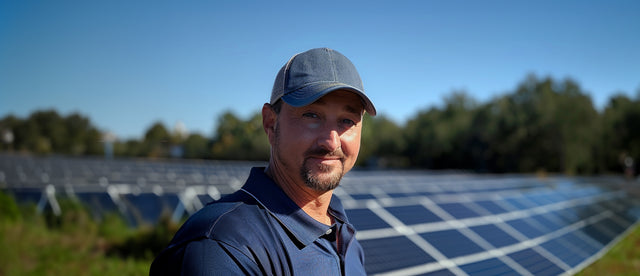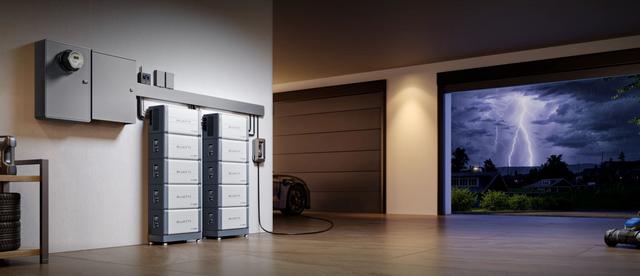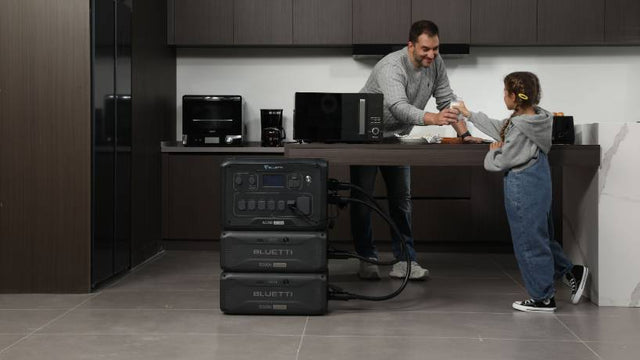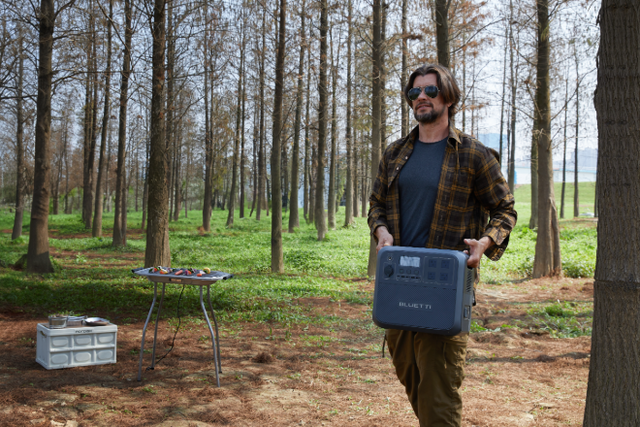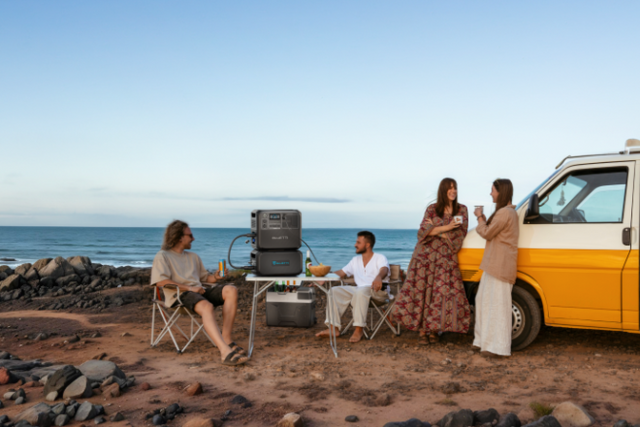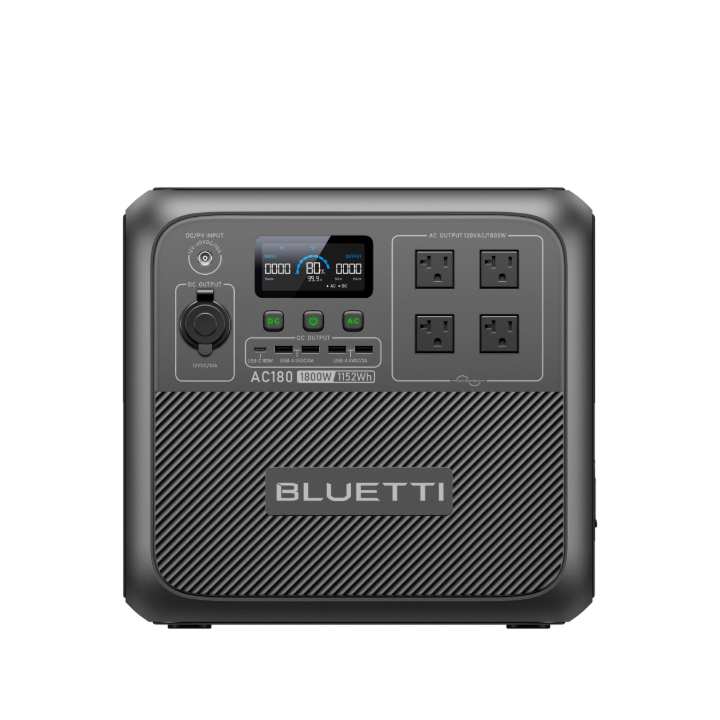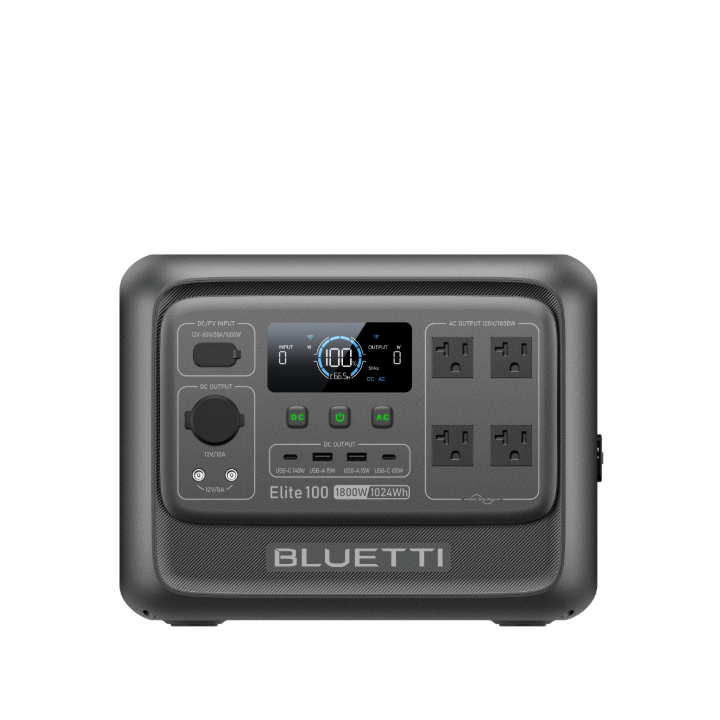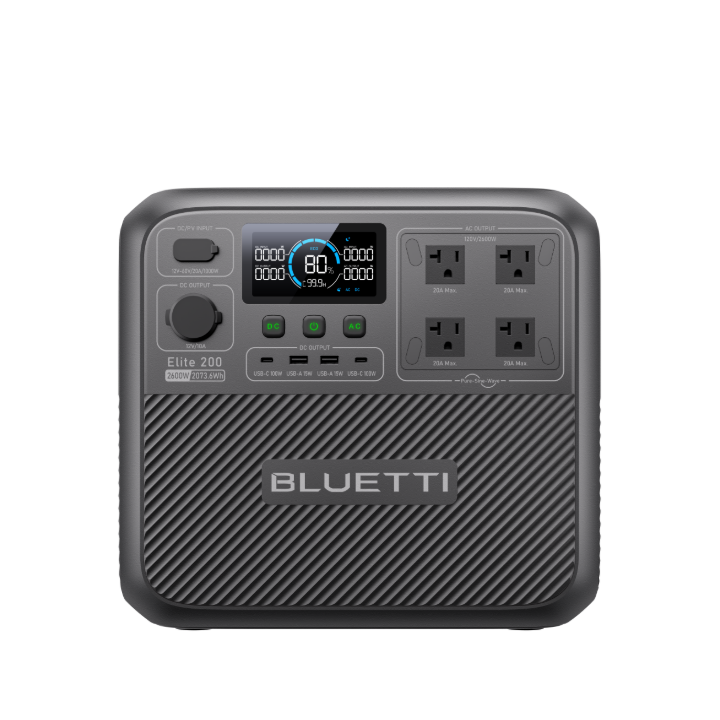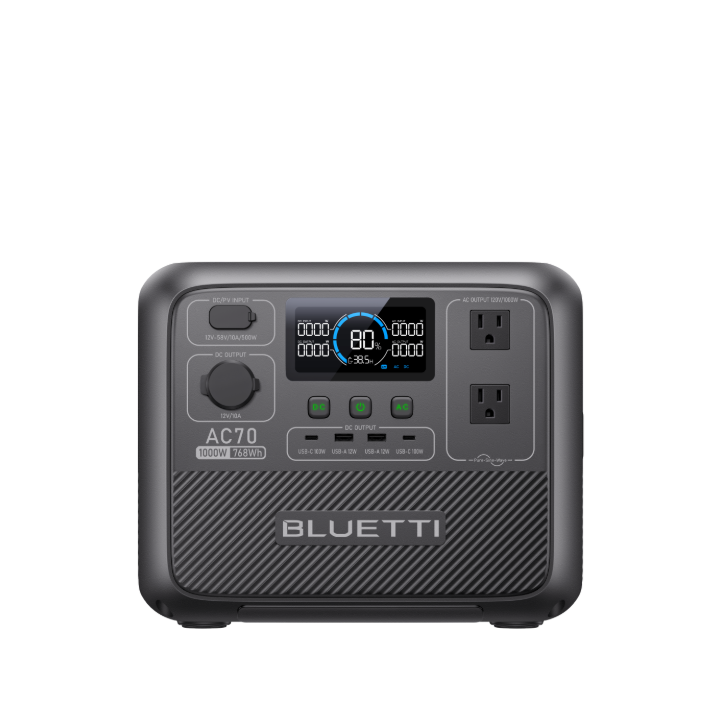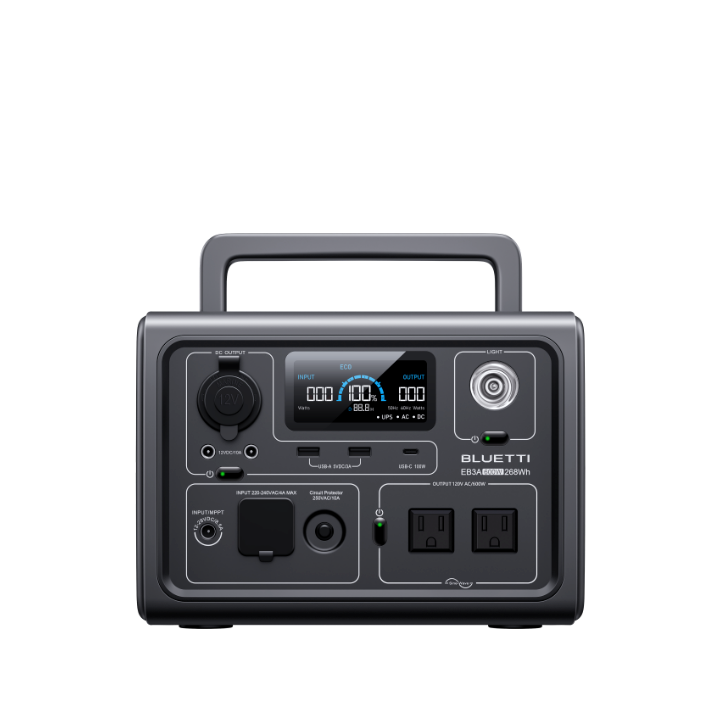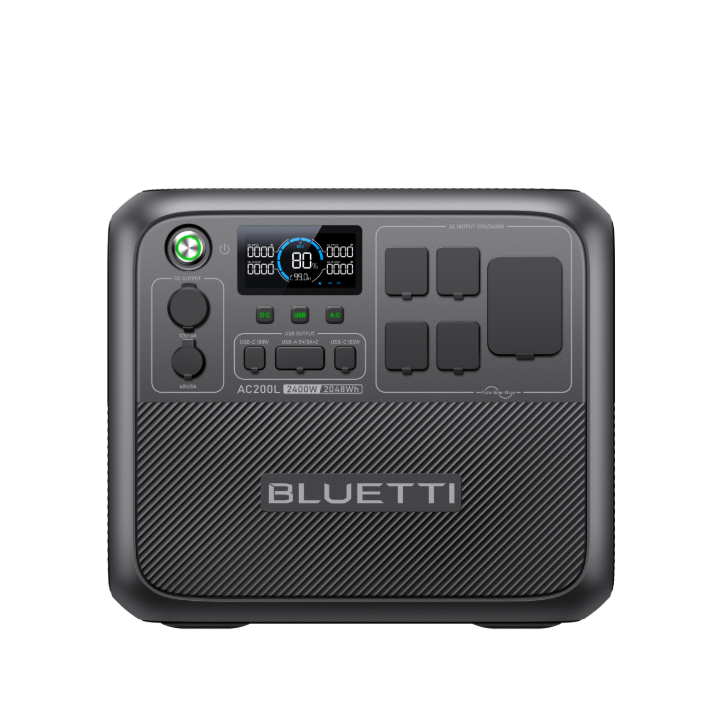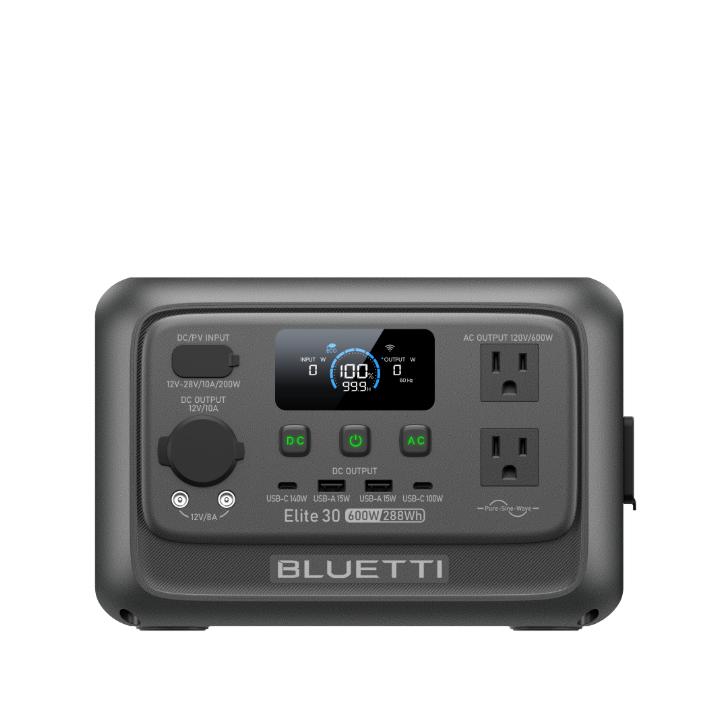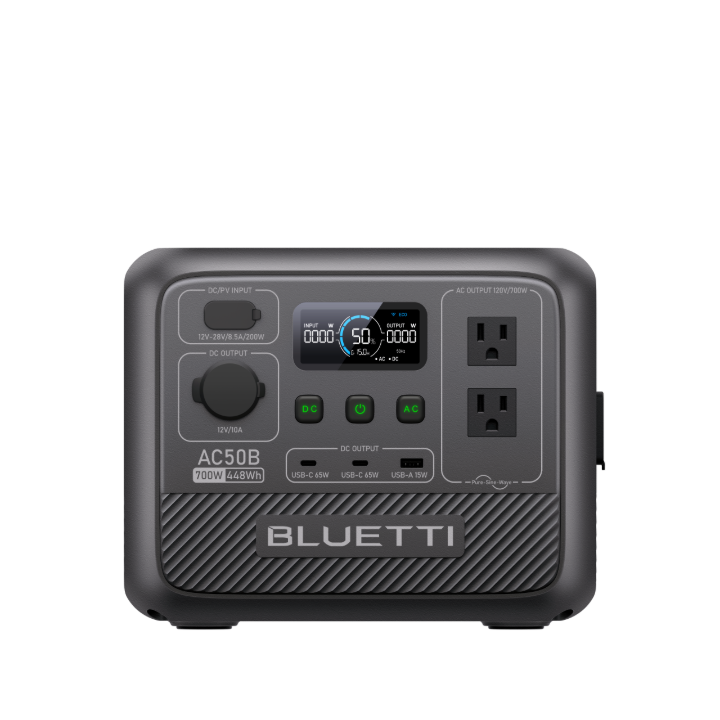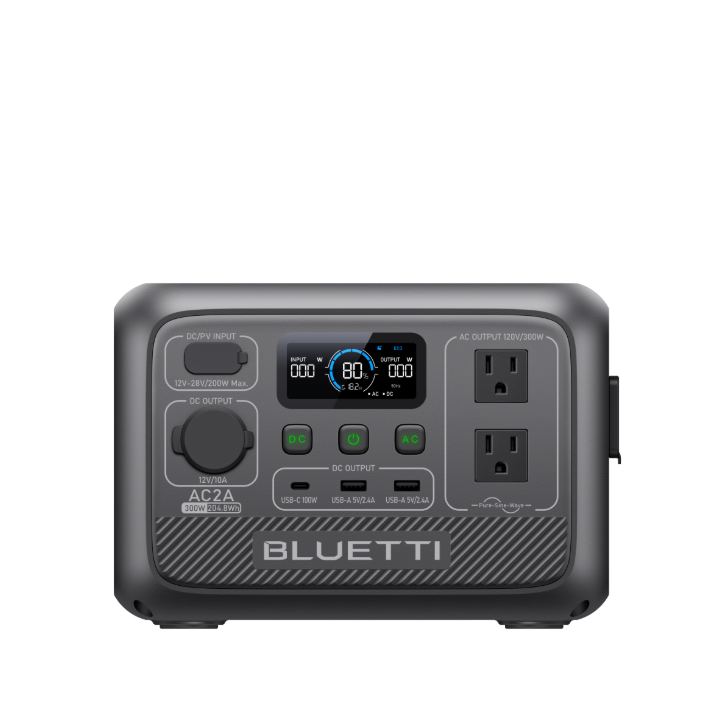Your cart is empty
Shop our productsPortable Power Stations
Stay powered anywhere with a portable power station — a quiet, rechargeable power solution for RVs, camping, home backup, and off-grid living.
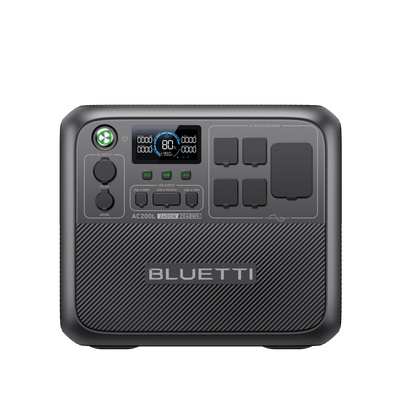
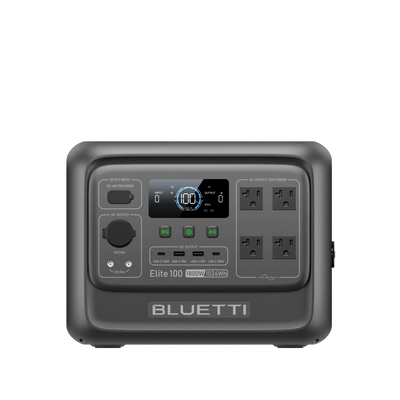
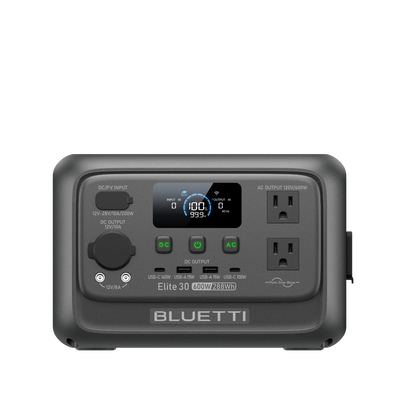
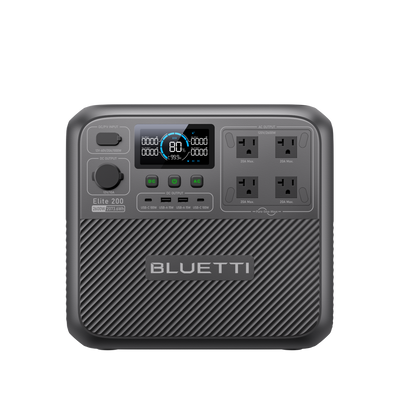
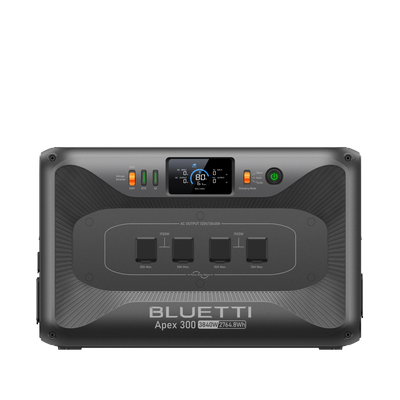
Discover the Advantages of Portable Energy Storage Solutions
Discover the Advantages of Portable Energy Storage Solutions
In recent years, as the global demand for clean, flexible, and reliable power continues to grow, portable energy storage solutions have emerged as a game-changing technology. Unlike traditional fixed energy storage systems or fossil fuel-powered generators, these compact, lightweight devices integrate advanced battery technology, intelligent control systems, and multi-functional output interfaces to deliver electricity anytime, anywhere. From emergency rescue and outdoor adventures to daily household backup and industrial auxiliary power supply, portable energy storage solutions are reshaping how people access and use energy. This article explores the diverse advantages of these innovative devices, highlighting their role in addressing modern energy challenges.
1. Unmatched Portability and Flexibility: Power Where You Need It
The most defining advantage of portable energy storage solutions lies in their exceptional portability, which breaks the shackles of fixed power grids. Unlike large-scale energy storage systems that require permanent installation and occupy significant space, portable units are designed to be lightweight and compact. Most models weigh between 5kg and 50kg, with sizes ranging from that of a small suitcase to a medium-sized backpack—easy to carry by hand, load into a car trunk, or even transport on a hiking trip. For example, compact 100Wh-500Wh units are ideal for outdoor enthusiasts, fitting neatly into a camping backpack to power smartphones, cameras, and small LED lights. Larger 1kWh-3kWh models, while slightly heavier, can still be moved by one or two people, making them suitable for emergency response teams or remote construction sites.Beyond physical portability, these solutions offer unparalleled flexibility in power supply. They support multiple charging methods, including AC mains, solar panels, car chargers, and even USB-C PD fast charging. This versatility means users can recharge the device in urban homes, remote mountainous areas, or on the road—no reliance on a single power source. For instance, a camper can charge the storage unit via solar panels during the day while hiking, then use the stored energy to power a mini-fridge or a portable stove at night. In disaster-stricken areas where the grid is down, rescue teams can recharge the units using car batteries or portable solar arrays, ensuring a continuous power supply for communication devices and medical equipment. This flexibility makes portable energy storage a "universal power bank" that adapts to diverse environments and user needs.
2. Clean and Eco-Friendly: Reducing Carbon Footprints
In an era of global climate change and a growing focus on carbon neutrality, portable energy storage solutions stand out as a clean energy alternative to traditional fossil fuel generators. Conventional gasoline or diesel generators rely on burning non-renewable resources, emitting large amounts of carbon dioxide (CO₂), nitrogen oxides (NOₓ), and particulate matter—contributing to air pollution and greenhouse gas emissions. A typical 5kW gasoline generator, for example, emits approximately 10kg of CO₂ per hour of operation, along with harmful fumes that pose health risks to users, especially in enclosed spaces.Portable energy storage systems, by contrast, use rechargeable lithium-ion batteries (such as lithium iron phosphate, LiFePO₄) as their energy storage medium. These batteries produce zero emissions during operation, making them environmentally friendly and safe for indoor and outdoor use. Moreover, when paired with solar panels, they form a fully off-grid, renewable energy system: solar energy is converted into electricity during the day, stored in the battery, and used as needed—completely eliminating reliance on fossil fuels. For instance, in remote rural areas without access to the grid, families can use a 2kWh portable storage unit paired with a 100W solar panel to power lights, TVs, and small household appliances, reducing their dependence on kerosene lamps (which emit toxic smoke) and diesel generators. By promoting the use of clean energy, portable energy storage solutions play a crucial role in reducing carbon footprints and supporting global sustainability goals.
3. High Safety and Reliability: Peace of Mind in Critical Situations
Safety and reliability are paramount when it comes to energy storage, especially in emergency or outdoor scenarios—and portable energy storage solutions excel in both areas. Modern portable units adopt advanced battery management systems (BMS), which monitor key parameters such as voltage, current, temperature, and state of charge (SOC) in real time. The BMS prevents overcharging, over-discharging, short circuits, and overheating—common risks that can lead to battery damage or even fires. For example, LiFePO₄ batteries, widely used in high-quality portable storage devices, have inherent thermal stability: they can withstand high temperatures (up to 600°C) without thermal runaway, making them much safer than other lithium-ion battery types (such as lithium cobalt oxide, LiCoO₂).In addition to safety features, these solutions offer high reliability in critical situations. Unlike generators that may fail due to fuel shortages, mechanical breakdowns, or harsh weather, portable energy storage units have no moving parts—reducing the risk of wear and tear and mechanical failure. They can operate in a wide range of temperatures (from -20°C to 60°C in many models), making them suitable for extreme environments such as deserts, high-altitude mountains, or cold winter regions. During natural disasters like earthquakes, hurricanes, or floods—when power grids are often destroyed—portable energy storage systems become lifelines. They can power emergency lights, two-way radios, medical devices (such as oxygen concentrators and nebulizers), and water purification equipment, ensuring that rescue work proceeds smoothly and that affected communities have access to essential services. For example, during the 2023 Turkey-Syria earthquake, relief organizations deployed hundreds of portable energy storage units to power field hospitals and communication centers, saving countless lives in the process.
4. Cost-Effective in the Long Run: Saving Money Over Time
While the initial purchase cost of a portable energy storage solution may be higher than that of a small gasoline generator, it proves to be highly cost-effective in the long run. Let’s break down the economics: a typical 2kWh portable storage unit costs between \(500 and \)1,000, while a 2kW gasoline generator costs around \(300 to \)500. However, the generator requires ongoing expenses for fuel, maintenance, and repairs. A 2kW generator consumes approximately 0.5 gallons of gasoline per hour, which, at a price of \(3 per gallon, adds up to \)1.5 per hour of operation. If used for 10 hours a week, that’s \(780 per year in fuel costs alone. Additionally, generators need regular oil changes, filter replacements, and engine maintenance—adding another \)100 to \(200 per year. Over five years, the total cost of the generator (initial purchase + fuel + maintenance) can exceed \)4,000.In contrast, a portable energy storage unit has no fuel costs—once purchased, it can be recharged using free solar energy or low-cost AC mains. Maintenance requirements are minimal: the battery only needs occasional cleaning and proper storage (avoiding extreme temperatures) to maintain performance. Most LiFePO₄ batteries have a lifespan of 2,000 to 3,000 charge-discharge cycles, which means they can last for 5 to 10 years with regular use. Over five years, the total cost of the portable storage unit (initial purchase + minimal maintenance) is only \(500 to \)1,200—less than a third of the generator’s total cost. Moreover, as battery technology advances and production scales up, the initial cost of portable energy storage units is steadily decreasing, making them even more affordable for consumers and businesses.
5. Versatile Applications: Meeting Diverse Power Needs
Portable energy storage solutions are not limited to a single use case—their versatility allows them to meet a wide range of power needs across different sectors. Let’s explore some key application scenarios:
5.1 Outdoor Recreation and Adventure
For campers, hikers, RV travelers, and outdoor photographers, portable energy storage units are essential companions. They can power a variety of devices: smartphones, tablets, and cameras (via USB ports), LED camping lights (via DC outputs), mini-fridges, portable grills, and even small TVs (via AC outputs). A 500Wh unit, for example, can charge a smartphone 30 times, power an LED light for 50 hours, or run a mini-fridge for 8 to 10 hours. Larger 2kWh units can support RV air conditioners (for short periods) or electric coolers, enhancing comfort during long trips. Unlike generators, they operate silently—allowing users to enjoy the peace of nature without noise pollution.
5.2 Household Backup Power
Power outages—caused by storms, grid failures, or maintenance work—are common in many regions. A portable energy storage unit can serve as a reliable backup for essential household devices: refrigerators (to prevent food spoilage), lights, modems (to maintain internet connectivity), and medical equipment (such as CPAP machines for sleep apnea patients). A 1kWh unit can power a small refrigerator for 12 to 15 hours or a modem and router for 24 hours, ensuring that daily life continues smoothly during outages. For families in areas prone to frequent blackouts, a portable storage unit is a more convenient and eco-friendly alternative to a generator.
5.3 Remote Work and Education
The rise of remote work and online education has increased the demand for reliable power in off-grid or weak-grid areas. Portable energy storage solutions enable professionals and students to work or study from anywhere: they can power laptops, printers, and Wi-Fi hotspots, ensuring uninterrupted access to digital resources. For example, a teacher in a rural village without grid access can use a 500Wh unit paired with a solar panel to power a laptop and project lessons for students. A remote worker on a business trip can recharge their laptop and phone using a compact 200Wh unit, even if the hotel experiences a power outage. This versatility empowers people to overcome geographical and infrastructure barriers to access education and employment.
5.4 Industrial and Commercial Use
In industries such as construction, mining, and agriculture, portable energy storage solutions provide auxiliary power for tools and equipment. Construction workers can use a 3kWh unit to power electric drills, saws, and lighting at job sites without access to the grid. Farmers can use portable storage to power irrigation pumps, pest control devices, and sensors for crop monitoring, reducing reliance on diesel generators. In commercial settings, retailers can use these units to power POS systems and emergency lights during outages, minimizing business losses. Additionally, portable energy storage is used in events such as concerts, festivals, and outdoor markets to power sound systems, lighting, and food stalls—offering a clean and quiet alternative to generators.
6. Intelligent Control and User-Friendly Design: Enhancing User Experience
Modern portable energy storage solutions are equipped with intelligent control systems and user-friendly features that make them easy to operate, even for non-technical users. Many units come with a digital display panel that shows real-time information such as SOC, input/output power, and remaining runtime—allowing users to monitor the device’s status at a glance. Some advanced models also support smartphone app connectivity via Bluetooth or Wi-Fi. Through the app, users can remotely check the battery level, adjust output settings, set charging schedules, and receive alerts for low battery or abnormal conditions. For example, a user can set the unit to charge only during off-peak hours (when electricity rates are lower) or stop charging when the battery reaches 80% to extend its lifespan.User-friendly design extends beyond intelligent control. Portable energy storage units are equipped with multiple output interfaces to accommodate different devices: USB-A, USB-C, DC ports (12V/24V), and AC sockets (110V/220V). This means users don’t need additional adapters to power their devices—whether it’s a smartphone, a laptop, or a small appliance. Many units also have built-in LED flashlights with multiple modes (such as SOS for emergencies), adding extra functionality. The 外壳 (outer casing) is often made of durable, shock-resistant materials (such as ABS plastic or aluminum alloy) to withstand bumps and drops during transport—ensuring longevity even in harsh conditions.
7. Supporting Energy Equity: Bridging the Power Gap
One of the most impactful advantages of portable energy storage solutions is their role in promoting energy equity—providing access to electricity for communities without reliable grid infrastructure. According to the International Energy Agency (IEA), over 750 million people worldwide still lack access to electricity, most of whom live in rural areas of sub-Saharan Africa, South Asia, and Southeast Asia. For these communities, portable energy storage offers a low-cost, scalable alternative to grid extension (which is often expensive and logistically challenging in remote regions).A small 100Wh-300Wh portable unit, paired with a solar panel, can provide basic electricity for a family: powering lights, charging phones, and running a small radio. This not only improves quality of life but also creates economic opportunities. For example, a tailor in a rural village can use a portable storage unit to power a sewing machine, allowing them to work after dark and increase their income. A small shop owner can use the unit to power a refrigerator, expanding their product offerings (e.g., selling cold drinks) and attracting more customers. In schools without electricity, portable storage can power projectors and computers, enabling digital learning and improving educational outcomes. By bridging the power gap, portable energy storage solutions contribute to reducing poverty and promoting sustainable development in underserved communities.
Conclusion
Portable energy storage solutions have revolutionized the way we access and use energy, offering a unique combination of portability, cleanliness, safety, cost-effectiveness, versatility, and user-friendliness. From powering outdoor adventures and household backups to supporting emergency rescue and rural development, these devices address a wide range of modern energy needs—all while reducing carbon emissions and promoting sustainability. As battery technology continues to advance (with higher energy density, longer lifespans, and lower costs) and global demand for clean energy grows, portable energy storage solutions are poised to play an even more significant role in the future energy landscape. Whether you’re an outdoor enthusiast, a homeowner preparing for power outages, or a humanitarian working in underserved communities, portable energy storage offers a reliable, flexible, and eco-friendly solution to keep the power on—wherever and whenever you need it.
Frequently Asked Questions-portable power station
- How do portable power stations work?
- Portable power stations store energy in a rechargeable battery (typically LiFePO4 or sodium-ion) and use an inverter to convert DC to AC power for devices via multiple output ports (AC, USB, DC). They recharge via AC wall outlets, car adapters, solar panels (with built-in MPPT for efficiency), or external packs.
- Is it worth getting a portable power station?
- Yes, if you need quiet, emission-free power for off-grid adventures, home backups, or remote work. BLUETTI stations offer flexibility with features like app control, modular expansion, and long-lasting batteries (3,000+ cycles).
- Why invest in a portable power station over traditional generators?
- Portable power stations like BLUETTI's run silently with zero emissions, making them safe for indoor/RV use and compliant with campsite rules. No fuel is needed, and solar compatibility reduces costs. Traditional generators are noisy, polluting, and require maintenance; BLUETTI's offer app-monitored efficiency and up to 17-year lifespans for models like Elite 200 V2.
- How do I know if a portable power station is right for me?
- Assess your devices' wattage and runtime needs. For small electronics (phones, laptops), a compact model like Elite 30 V2 (288Wh) suffices. For appliances (fridges, tools), choose higher-capacity units like AC200L (2048Wh). BLUETTI's app helps calculate usage; prioritize LiFePO4 batteries for longevity if you'll use it frequently.
- Are portable power stations safe to use?
- Yes, BLUETTI stations include advanced BMS (Battery Management System) for overcharge, short-circuit, and temperature protection. They produce minimal heat and no fumes, safe for indoors/RVs. Follow guidelines: avoid extreme temps and use official chargers. How to choose the right portable power station? List devices and calculate total wattage/runtime needs (use BLUETTI app). Select capacity (Wh) and output (W) exceeding requirements (e.g., 2000Wh for multi-day camping). Ensure ports (AC/USB/DC) and inputs (solar/AC/car) match. Prioritize LiFePO4 for longevity, modularity for expansion, and features like app control or UPS mode.
